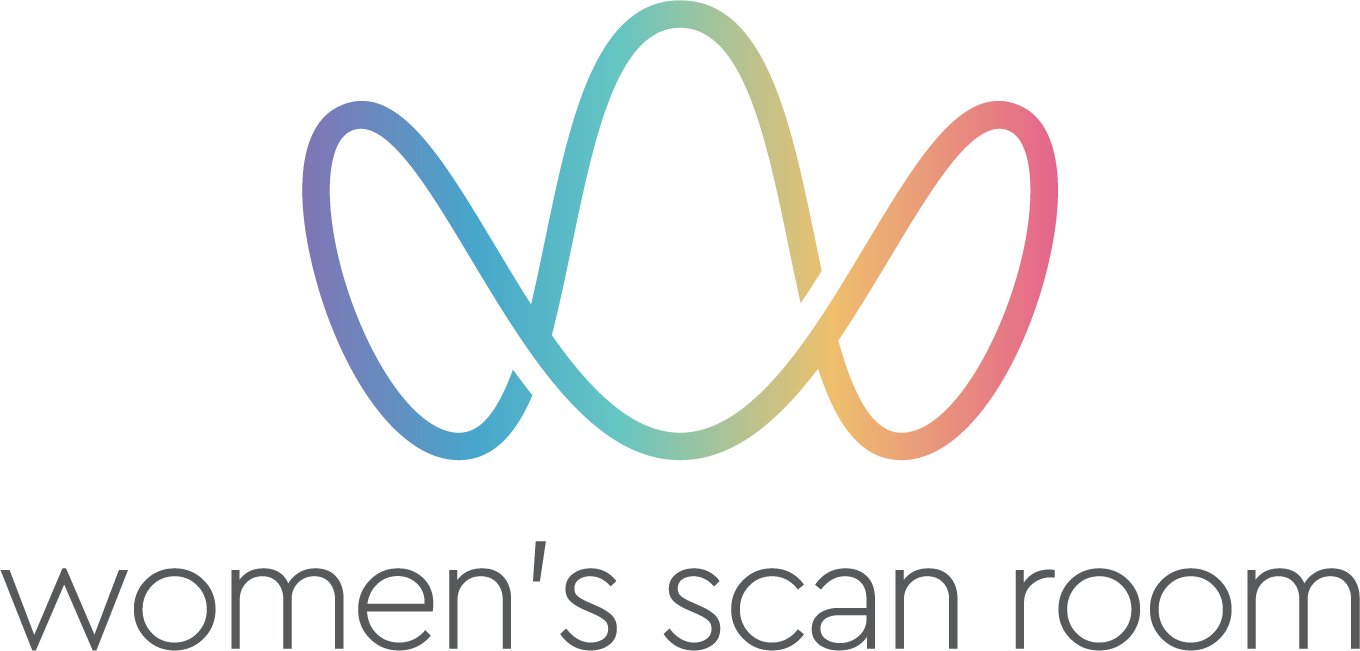
For Referring Doctors
Polycystic Ovary Syndrome Update.
Introduction
In 2018, Monash University published the “International evidence-based guideline for the assessment and management of polycystic ovary syndrome (PCOS) 2018” in collaboration with the American Society for Reproductive Medicine (ASRM) and the European Society of Human Reproduction and Embryology (ESHRE) [1]. A summary of the most important findings of this important paper is presented here to help with the current understanding of polycystic ovary syndrome. This comprehensive 180 page document is an international evidenced based guideline which integrates the best available evidence with multidisciplinary expertise and consumer preferences to provide health professionals with transparent evidence-based guidance on timely diagnosis, accurate assessment and optimal treatment of PCOS, to reduce variation in care, optimise prevention of complications and improve health outcomes.
This detailed paper covers all diagnostic and management aspects of PCOS. In the area of diagnosis, details about ultrasound imaging and endocrinological investigation criteria is documented in detail. Further diagnostic considerations beyond the scope of the summary include psychosexual, psychosocial (including body image and eating disorders) aspects of PCOS. Additionally, detailed recommendations for treatment ranging from lifestyle and behavioural modifications, to pharmacological interventions are discussed in detail. We strongly encourage that you to refer to this paper for other areas of management of PCOS. The link is provided below.
When is ultrasound indicated to diagnose PCOS?
The diagnosis of PCOS by the Rotterdam criteria of 2003 included Polycystic Ovarian Morphology (PCOM) in association with clinical and endocrine features of the condition [1]. PCOM was defined as an antral follicle count of greater than or equal to 12 follicles, or an ovarian volume of greater than 10cm3.
We now know that a number of factors causes this criteria to over-diagnose PCOM. Firstly, natural changes that occur in the antral follicle count during pubertal and menopausal transitions mean that up to 70% of adolescents will have PCOM based on this criteria. Secondly, technological advances in ultrasound mean that more follicles are now visible. When combined with variable operator skill level, lack of standard reporting, impact of approach of ultrasound (transvaginal or transabdominal), body habitus and age, mean that reporting may be unreliable. It is recognized that a reproducible technique (skill of operator, latest ultrasound technology), combined with standard reporting is required to reliably estimate follicle number per ovary and define PCOM, and consequently in the accurate diagnosis of PCOS.
Current Diagnostic Criteria (2018)
Ovarian volumes change over time with increased antral follicles and stroma. There are no large studies across the lifespan to validate normal ovarian development. Therefore, adult PCOM criteria are likely inaccurate for ultrasound diagnosis of PCOS in adolescence with substantive overlap between follicle numbers per ovary in normal adolescents and those with other features of PCOS.
We review the current evidence provided this paper. Based on 15 papers, the most effective current ultrasound criteria to diagnose PCOS include the following ovarian morphologic criteria:
Follicle number per ovary (FNPO): equal or more than twenty (20) on either ovary, using endovaginal ultrasound transducers with high resolution bandwidth (>8MHz), ensuring no corpora lutes, cysts or dominant follicle is present.
Volume of ovary exceeding 10cm3 using the above specified equipment.
Using transabdominal ultrasound (where imaging quality is poorer), volume exceeding 10cm3 is used for diagnostic criteria.
Current recommendations for when ultrasound is indicated for PCOS:
Ultrasound is not recommended in those less than 8 years from menarche, due to the high incidence of multi-follicular ovaries in this stage of life
Threshold for PCOM should be revised regularly with advancing ultrasound technology. Current criteria is listed in the above section
The transvaginal ultrasound approach is preferred in the diagnosis of PCOS
Summary
The 2003 Rotterdam criteria of diagnosing polycystic ovarian syndrome or PCOS which consists of ultrasound diagnosis of polycystic ovarian morphology or PCOM in combination with clinical or biochemical evidence of hyperandrogenism is endorsed by this guideline and remains current to this day. The ultrasound based criteria of diagnosing PCOM is defined as more than or equal to 20 follicles on either ovary using the latest high frequency ultrasound transducer, or an ovarian volume of greater than 10cm3, recognizing that this criteria may change in the future owing to advancement in ultrasound technology enabling more features to be identified. Ultrasound investigation of PCOS it not recommended for individuals who have not reached a gynaecological age of 8 years (8 years post menarche) due to the high incidence of multifollicular ovaries.
We hope that this summary has been useful for your reference. Please do not hesitate to contact us if you need further information
References
International evidence-based guideline for the assessment and management of polycystic ovary syndrome 2018
The Rotterdam ESHRE/ASRM-Sponsored PCOS Consensus Workshop Group, Revised 2003 consensus on diagnostic criteria and long-term health risks related to polycystic ovary syndrome: The Rotterdam ESHRE/ ASRM- Sponsered PCOS Consensus Workshop Group. Fertility & Sterility, 2004. 81(1): p. 19-25.
